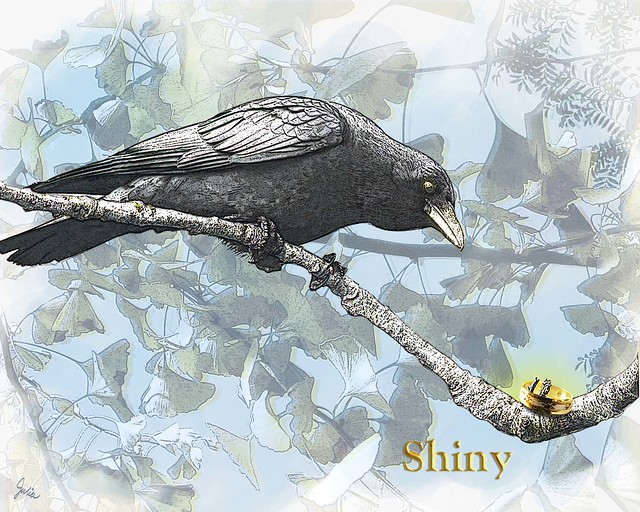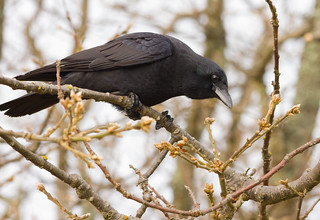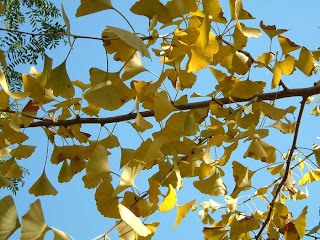The first is from professional illustrator Mikela Prevost. About her process, she says "I do a sketch on stretched watercolor, then do a tracing of the sketch on tracing paper that will later serve as my "pattern" later for cutting out clothes or other objects that require collage. I then do the tight nitty-gritty watercolor work and then reward myself with acrylic and gouache messiness to round out the rest of the background. The collage is then applied and then for kicks and giggles, I go back with acrylic or gouache to mussy-up the whole thing."
The next is by Elizabeth Rose Stanton, another professional who specializes in children's book writing and illustration, listing her skills as "pen & ink, graphite, watercolor, pastel, some computer stuff."
Here is a very different take in acrylic and graphite on watercolor paper from illustrator Rachel Fuji who "hope[s] my artwork creates dreamlike, fleeting atmospheres filled with
soft, intricate details that allow the viewer time for quiet reflection."
Amanda Dilworth is a freelance illustrator and surface pattern designer in England.
And here is Cyndi Tanner's submission. She's a recent graduate with a degree in illustration who works "mainly in mixed medium, goauche, ink, dyes, graphite; enhanced digitally. I also am in love with textures and love to experiment with them."
Stephen Macguignon, a children's book illustrator, says "I interpret the words written on a page by telling the story behind the
story working with pen and ink and then digitally coloring."
































